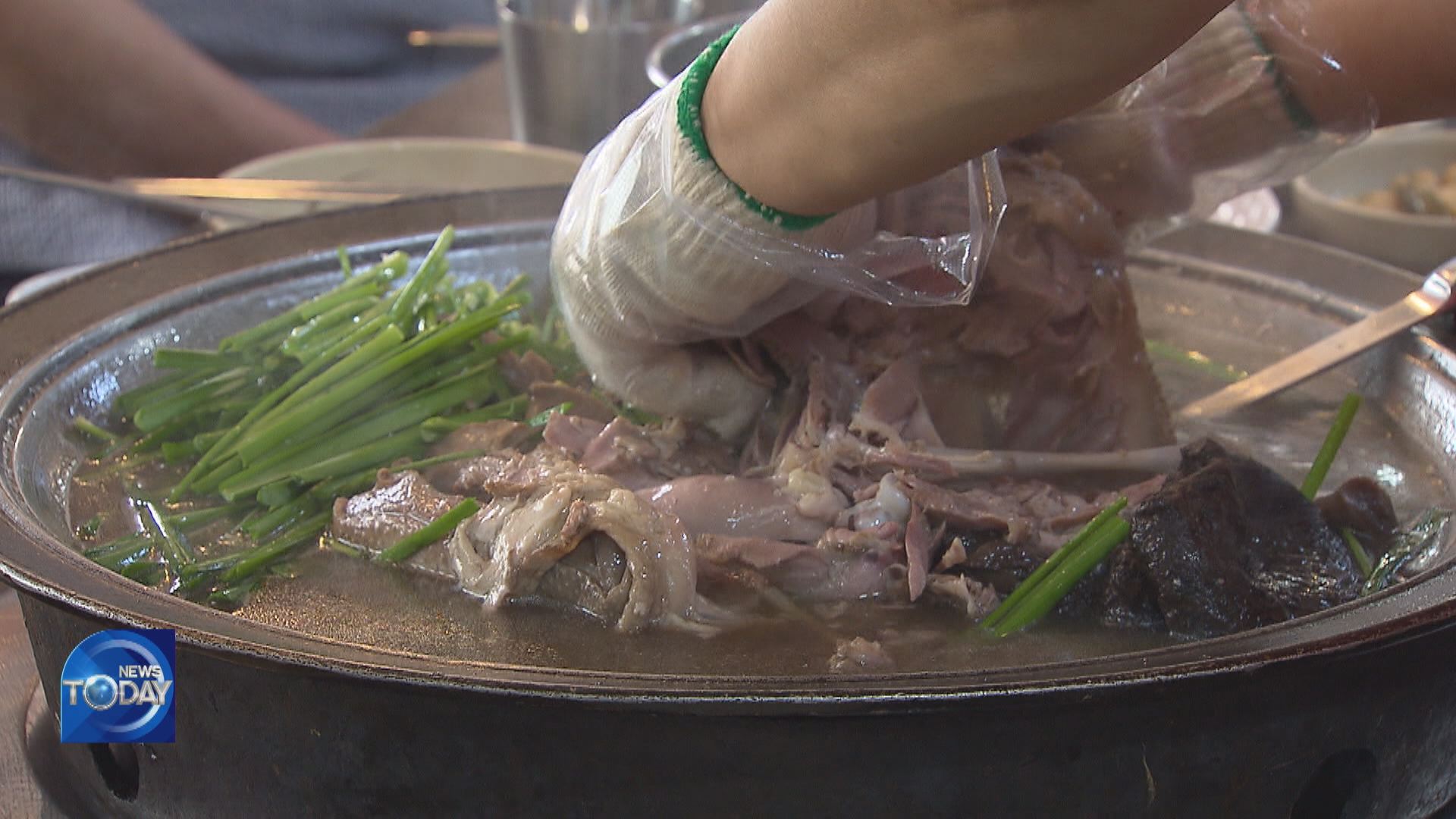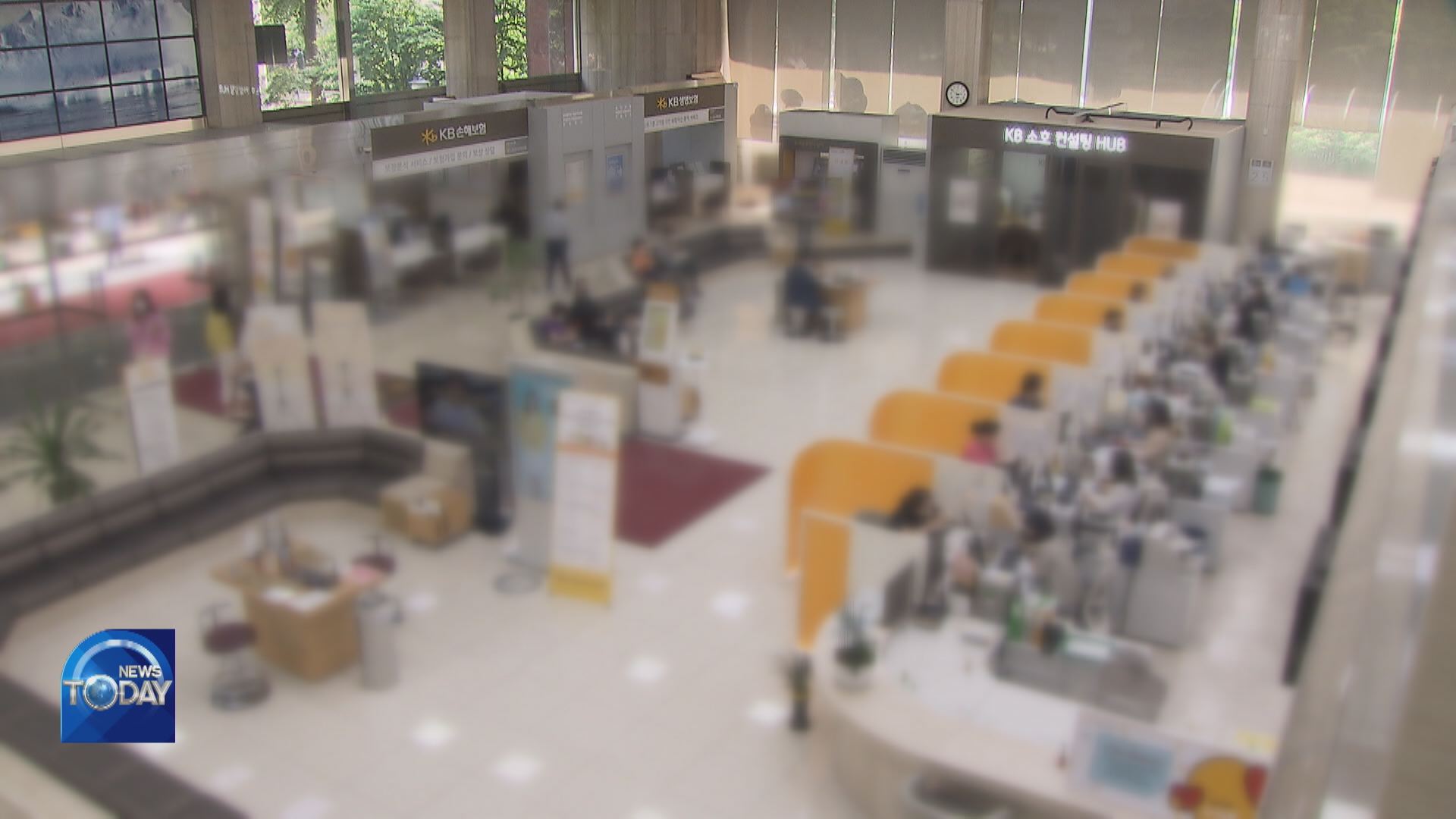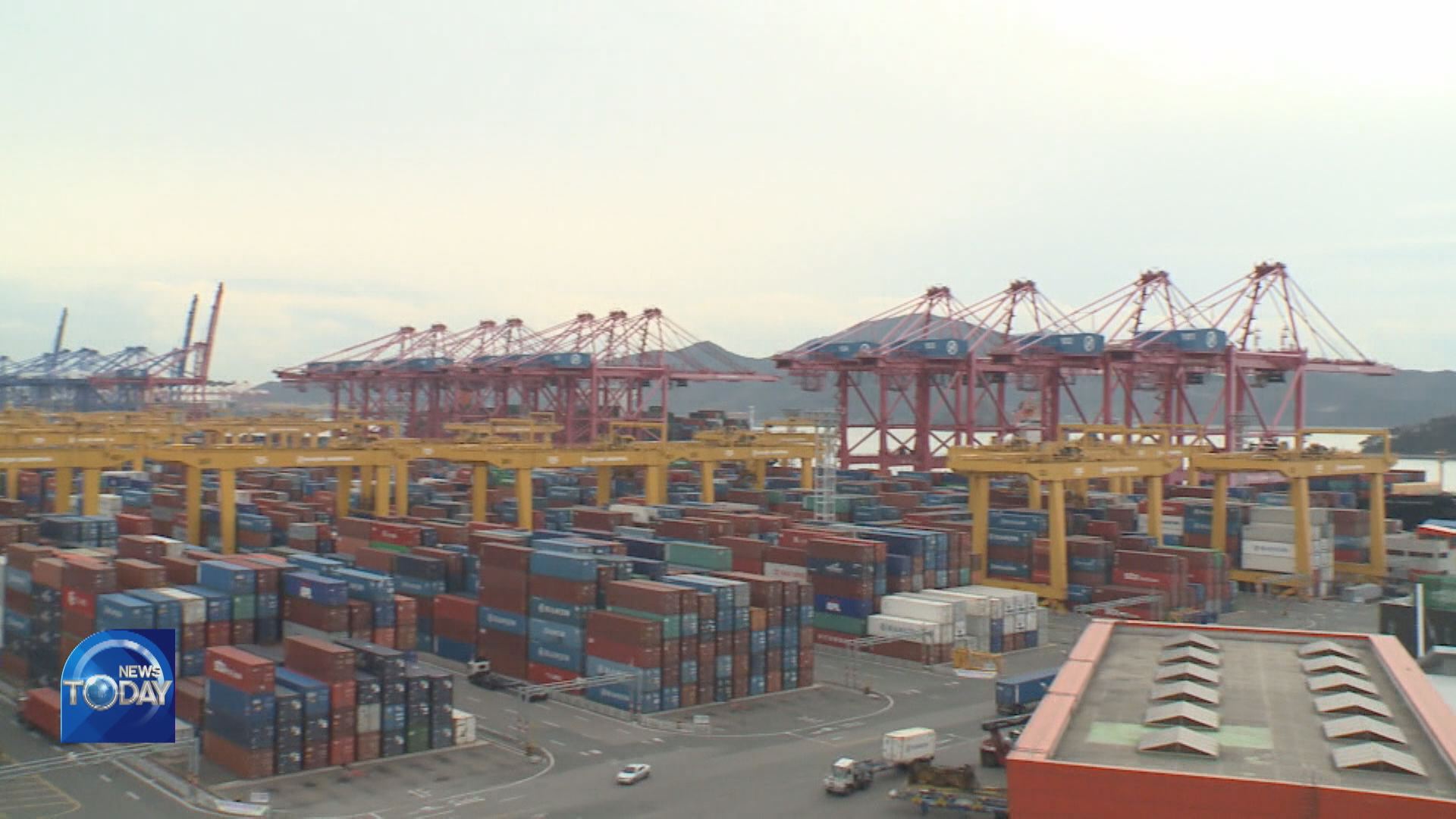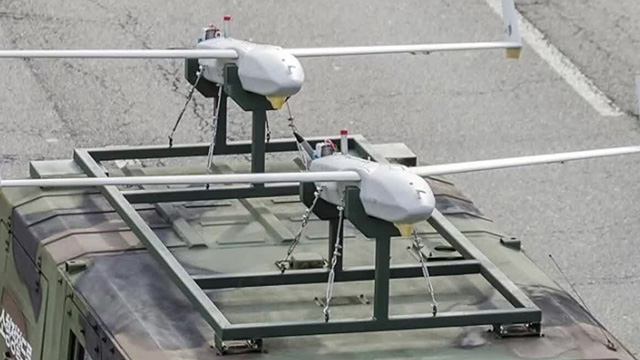CHANGES IN FOOD CONSUMPTION PATTERNS
입력 2022.07.15 (15:04)
수정 2022.07.15 (16:45)
읽어주기 기능은 크롬기반의
브라우저에서만 사용하실 수 있습니다.
[Anchor Lead]
In Korea, the three hottest summer days are called "boknal." Tomorrow is "chobok," the first of those three. Koreans traditionally eat nourishing food to cool down and replenish energy, but this year that tradition just got a little harder. Restaurants selling health-boosting food are struggling while stores selling cheap ready-to-eat meals are thriving.
[Pkg]
A stewed duck restaurant at lunchtime. Although the prices remained the same as last year, it no longer bustles with customers on a Boknal when sales go up. People find it hard to spend like before in this age of high inflation.
[Soundbite] Jeong Byeong-gi(Seoul Resident) : "Ordinary people find it economically difficult to eat this type of dish."
Restaurants cannot lower the prices since the cost of ingredients keeps soaring.
[Soundbite] Choi Han-bon(Restaurant Owner) : "A duck used to cost between 13,000 and 14,000 won. Now it is 16,000 or 17,000 won. We end up making less profit."
The wholesale price of ducks rose 34% on-year, driven by higher feed cost, premature summer heat and increased spending on cooling the brooders. The price of raw chickens, used to make samgyetang, spiked nearly 50% and that of abalones 6.7%. As the prices of protein sources surge, a new term was coined "Proteinflation" Naturally, the price of samgyetang rose to about 15,000 won per serving. Some famous samgyetang restaurants charge as much as over 20 or 30 thousand won. Since dining out costs so much these days, many office workers look to replenish their energy with comparatively cheap ready-to-eat meals. Grilled eel lunch packs or other health-boosting foods released by convenience stores sold over 50% more than last year.
[Soundbite] Go Byeong-seon(Seoul Resident) : "I searched for easy-to-eat meals like convenience store lunches or meal kits. It's a way to eat something at a reasonable price."
The government has already reduced tariffs on imported meats like beef, pork and chicken. But whether that measure would lead to lower consumer prices remains to be seen as logistics costs have increased and it's hard to change import channels immediately.
In Korea, the three hottest summer days are called "boknal." Tomorrow is "chobok," the first of those three. Koreans traditionally eat nourishing food to cool down and replenish energy, but this year that tradition just got a little harder. Restaurants selling health-boosting food are struggling while stores selling cheap ready-to-eat meals are thriving.
[Pkg]
A stewed duck restaurant at lunchtime. Although the prices remained the same as last year, it no longer bustles with customers on a Boknal when sales go up. People find it hard to spend like before in this age of high inflation.
[Soundbite] Jeong Byeong-gi(Seoul Resident) : "Ordinary people find it economically difficult to eat this type of dish."
Restaurants cannot lower the prices since the cost of ingredients keeps soaring.
[Soundbite] Choi Han-bon(Restaurant Owner) : "A duck used to cost between 13,000 and 14,000 won. Now it is 16,000 or 17,000 won. We end up making less profit."
The wholesale price of ducks rose 34% on-year, driven by higher feed cost, premature summer heat and increased spending on cooling the brooders. The price of raw chickens, used to make samgyetang, spiked nearly 50% and that of abalones 6.7%. As the prices of protein sources surge, a new term was coined "Proteinflation" Naturally, the price of samgyetang rose to about 15,000 won per serving. Some famous samgyetang restaurants charge as much as over 20 or 30 thousand won. Since dining out costs so much these days, many office workers look to replenish their energy with comparatively cheap ready-to-eat meals. Grilled eel lunch packs or other health-boosting foods released by convenience stores sold over 50% more than last year.
[Soundbite] Go Byeong-seon(Seoul Resident) : "I searched for easy-to-eat meals like convenience store lunches or meal kits. It's a way to eat something at a reasonable price."
The government has already reduced tariffs on imported meats like beef, pork and chicken. But whether that measure would lead to lower consumer prices remains to be seen as logistics costs have increased and it's hard to change import channels immediately.
■ 제보하기
▷ 카카오톡 : 'KBS제보' 검색, 채널 추가
▷ 전화 : 02-781-1234, 4444
▷ 이메일 : kbs1234@kbs.co.kr
▷ 유튜브, 네이버, 카카오에서도 KBS뉴스를 구독해주세요!
- CHANGES IN FOOD CONSUMPTION PATTERNS
-
- 입력 2022-07-15 15:04:28
- 수정2022-07-15 16:45:03

[Anchor Lead]
In Korea, the three hottest summer days are called "boknal." Tomorrow is "chobok," the first of those three. Koreans traditionally eat nourishing food to cool down and replenish energy, but this year that tradition just got a little harder. Restaurants selling health-boosting food are struggling while stores selling cheap ready-to-eat meals are thriving.
[Pkg]
A stewed duck restaurant at lunchtime. Although the prices remained the same as last year, it no longer bustles with customers on a Boknal when sales go up. People find it hard to spend like before in this age of high inflation.
[Soundbite] Jeong Byeong-gi(Seoul Resident) : "Ordinary people find it economically difficult to eat this type of dish."
Restaurants cannot lower the prices since the cost of ingredients keeps soaring.
[Soundbite] Choi Han-bon(Restaurant Owner) : "A duck used to cost between 13,000 and 14,000 won. Now it is 16,000 or 17,000 won. We end up making less profit."
The wholesale price of ducks rose 34% on-year, driven by higher feed cost, premature summer heat and increased spending on cooling the brooders. The price of raw chickens, used to make samgyetang, spiked nearly 50% and that of abalones 6.7%. As the prices of protein sources surge, a new term was coined "Proteinflation" Naturally, the price of samgyetang rose to about 15,000 won per serving. Some famous samgyetang restaurants charge as much as over 20 or 30 thousand won. Since dining out costs so much these days, many office workers look to replenish their energy with comparatively cheap ready-to-eat meals. Grilled eel lunch packs or other health-boosting foods released by convenience stores sold over 50% more than last year.
[Soundbite] Go Byeong-seon(Seoul Resident) : "I searched for easy-to-eat meals like convenience store lunches or meal kits. It's a way to eat something at a reasonable price."
The government has already reduced tariffs on imported meats like beef, pork and chicken. But whether that measure would lead to lower consumer prices remains to be seen as logistics costs have increased and it's hard to change import channels immediately.
In Korea, the three hottest summer days are called "boknal." Tomorrow is "chobok," the first of those three. Koreans traditionally eat nourishing food to cool down and replenish energy, but this year that tradition just got a little harder. Restaurants selling health-boosting food are struggling while stores selling cheap ready-to-eat meals are thriving.
[Pkg]
A stewed duck restaurant at lunchtime. Although the prices remained the same as last year, it no longer bustles with customers on a Boknal when sales go up. People find it hard to spend like before in this age of high inflation.
[Soundbite] Jeong Byeong-gi(Seoul Resident) : "Ordinary people find it economically difficult to eat this type of dish."
Restaurants cannot lower the prices since the cost of ingredients keeps soaring.
[Soundbite] Choi Han-bon(Restaurant Owner) : "A duck used to cost between 13,000 and 14,000 won. Now it is 16,000 or 17,000 won. We end up making less profit."
The wholesale price of ducks rose 34% on-year, driven by higher feed cost, premature summer heat and increased spending on cooling the brooders. The price of raw chickens, used to make samgyetang, spiked nearly 50% and that of abalones 6.7%. As the prices of protein sources surge, a new term was coined "Proteinflation" Naturally, the price of samgyetang rose to about 15,000 won per serving. Some famous samgyetang restaurants charge as much as over 20 or 30 thousand won. Since dining out costs so much these days, many office workers look to replenish their energy with comparatively cheap ready-to-eat meals. Grilled eel lunch packs or other health-boosting foods released by convenience stores sold over 50% more than last year.
[Soundbite] Go Byeong-seon(Seoul Resident) : "I searched for easy-to-eat meals like convenience store lunches or meal kits. It's a way to eat something at a reasonable price."
The government has already reduced tariffs on imported meats like beef, pork and chicken. But whether that measure would lead to lower consumer prices remains to be seen as logistics costs have increased and it's hard to change import channels immediately.
이 기사가 좋으셨다면
-
좋아요
0
-
응원해요
0
-
후속 원해요
0














![[단독] 최태원 상고이유서에 소설 ‘안나 카레니나’ 언급한 이유는?](/data/fckeditor/new/image/2024/10/28/316891730109775019.jpg)


이 기사에 대한 의견을 남겨주세요.